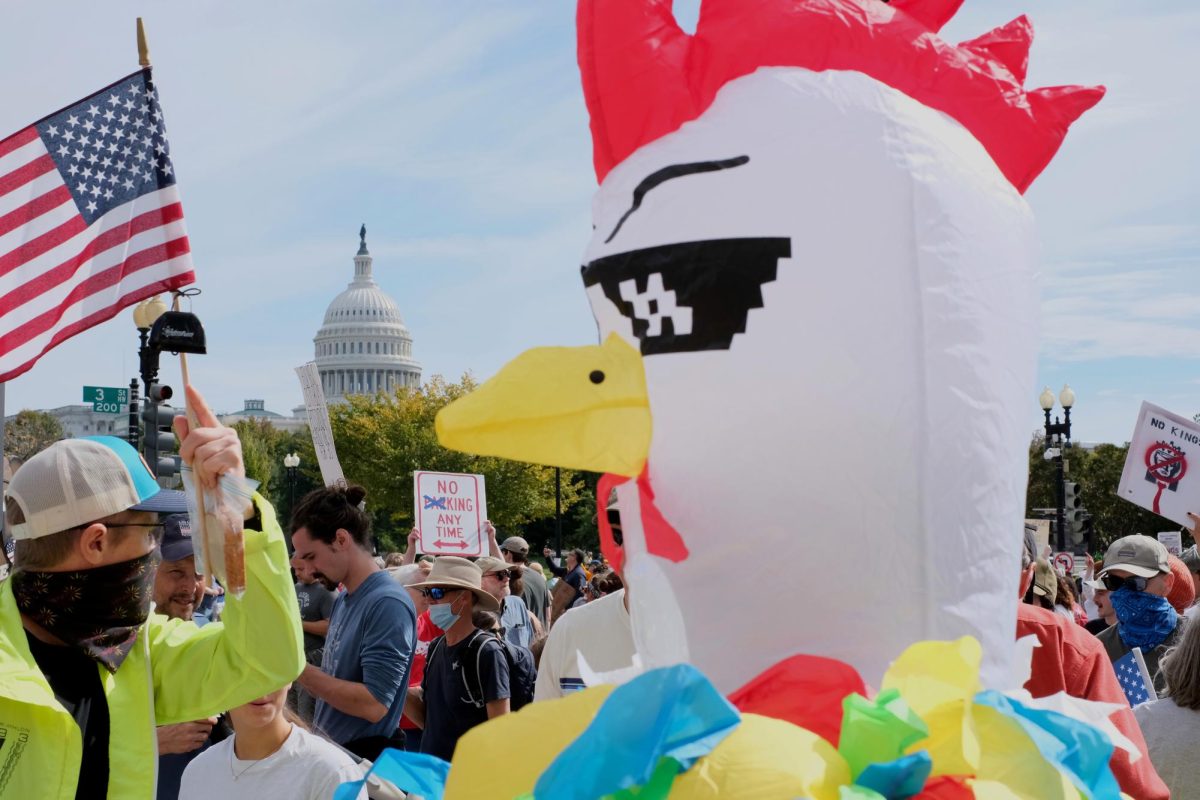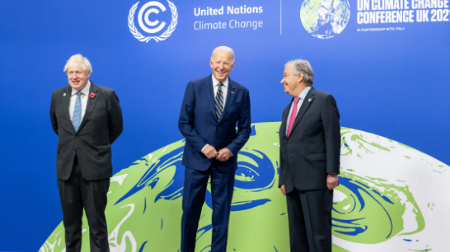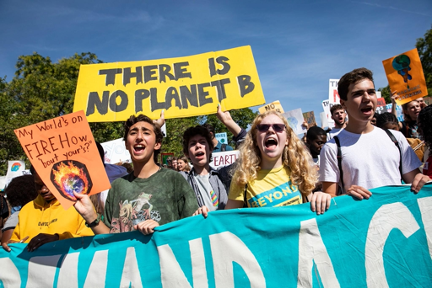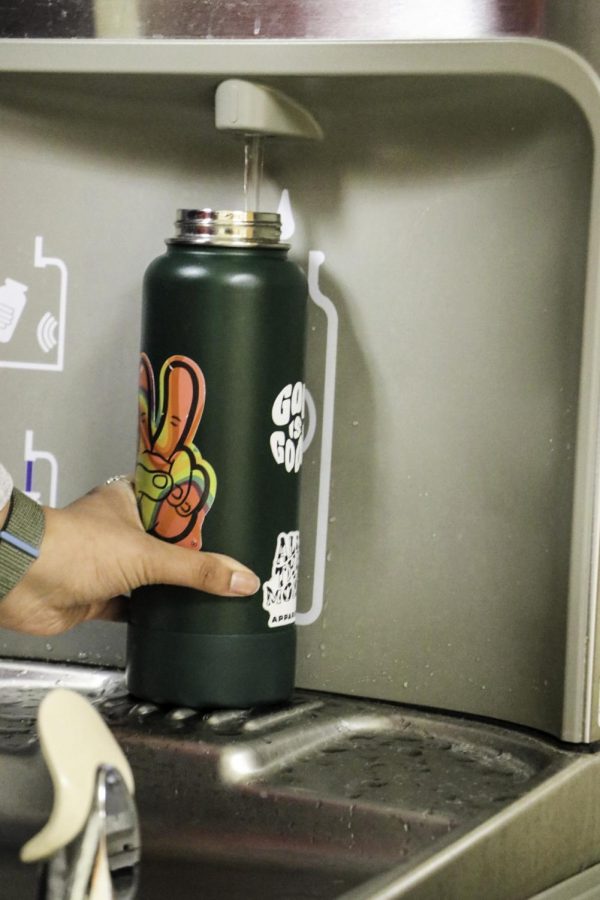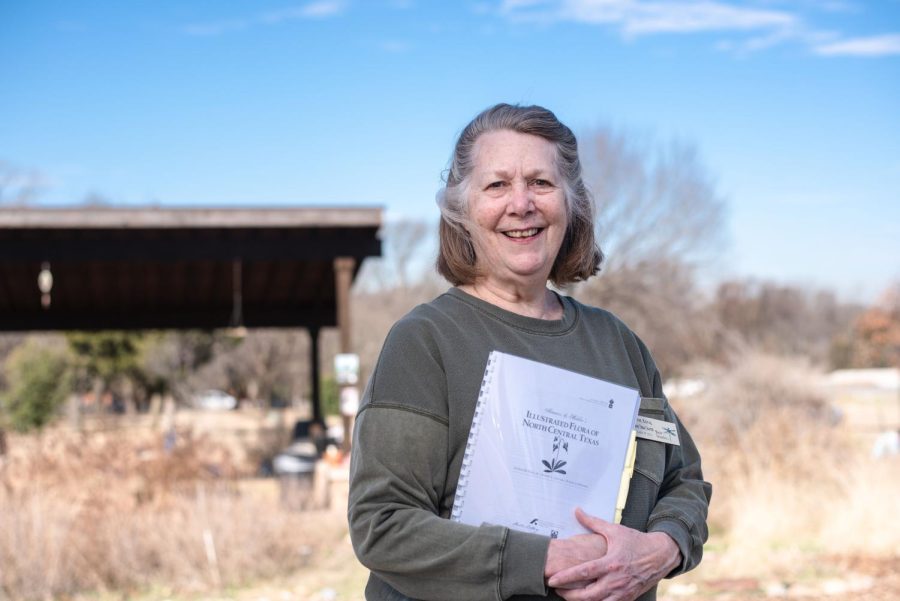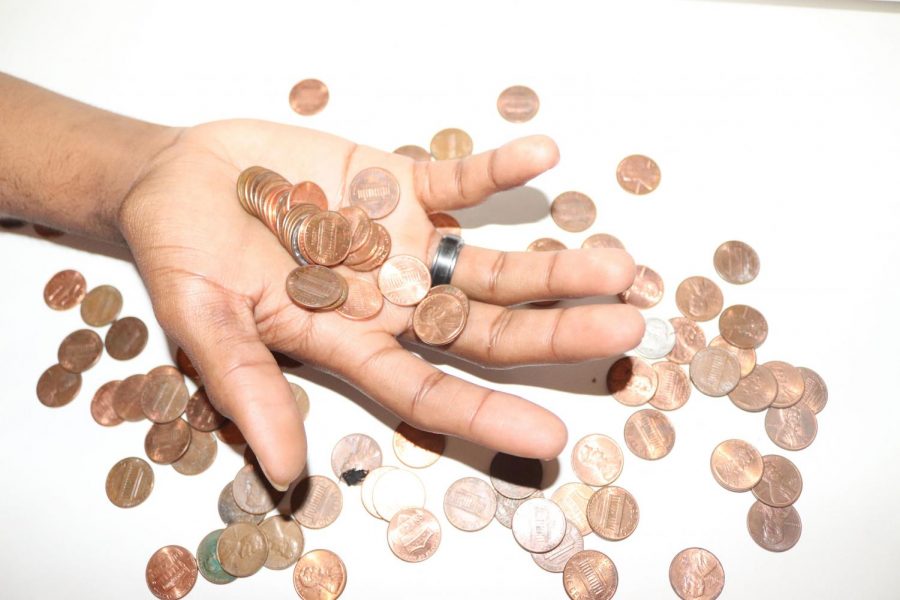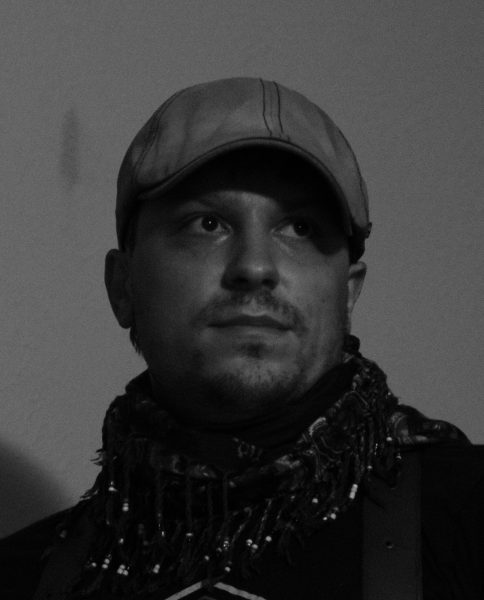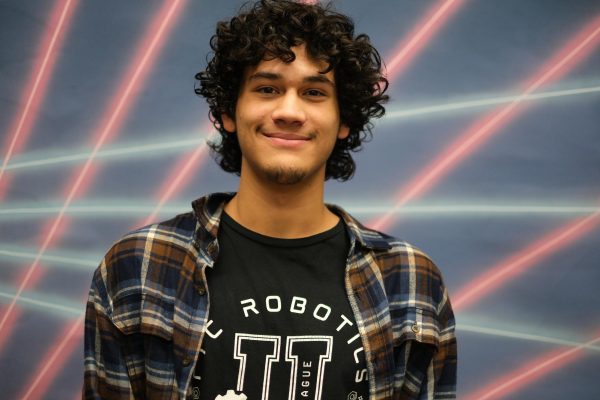An absurd circus of chickens, dinosaurs and Elmos cut through the surging crowd as a street band blasted Bella Ciao on Constitution Avenue in full sight of the Capitol. The convergence of multiple marches burst out into the surrounding sidewalks, buildings and streets as people packed themselves in to hear the speakers onstage — or to be heard themselves.
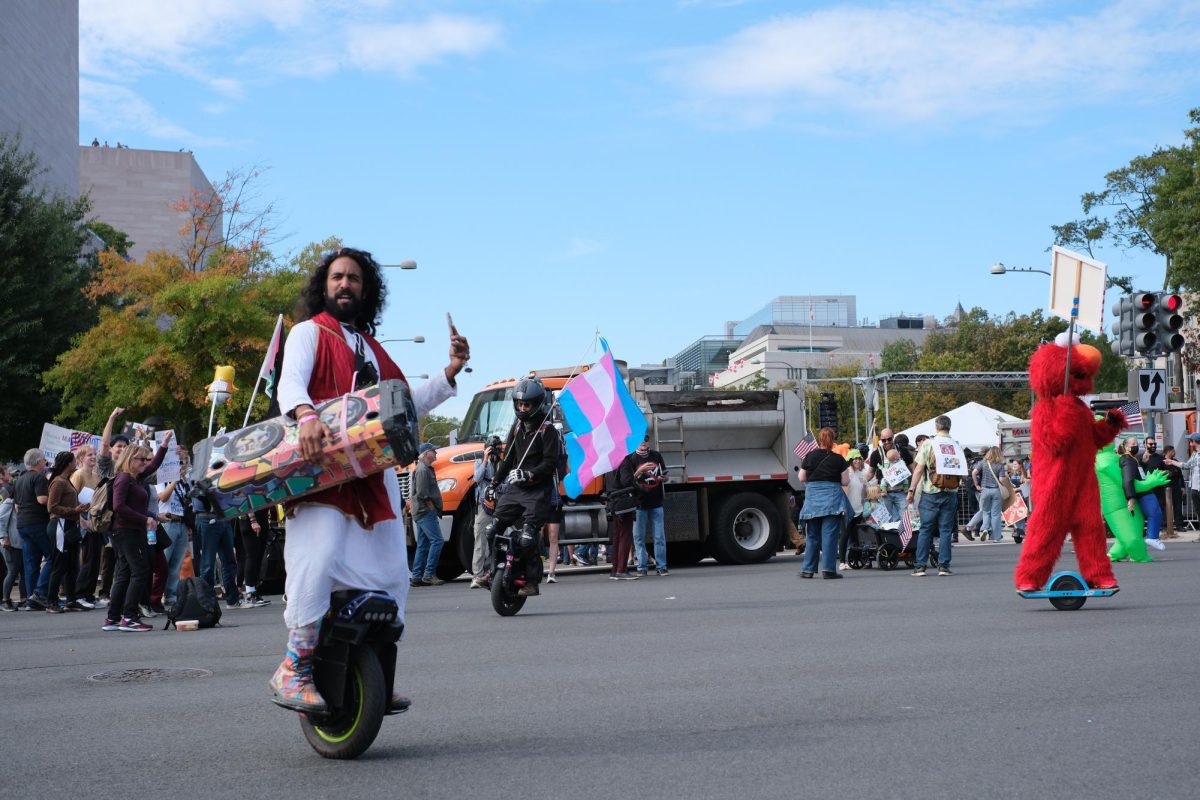
The “No Kings” movement kicked off across the country Saturday, Oct. 18. More than 2,700 locations, including international cities, hosted millions to protest what participants called the Trump administration’s slithering into authoritarianism. While D.C. was front and center for many eyes, Dallas also hosted a large contingent of protesters who braved early-fall rains to be seen and heard.
Nearly 15,000 marched across the Metroplex that weekend, with the largest turnout in Fort Worth. Meanwhile, more than 200,000 flooded the streets of Washington, D.C. Many arrived from surrounding neighborhoods and metro stops, converging at the Capitol to the sound of horns, drums and chants that echoed between glass facades. Speakers ranged from Bill Nye to Bernie Sanders, each drawing roars from the crowd that rippled like surf down Constitution Avenue.
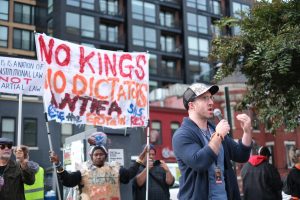
Standing on the corner of 14th and U early that morning, volunteers with the 50501 movement set up portable speakers and a microphone for a small lineup of activists. “We do this to show them we are still powerful,” said Lex, one of the organizers. “Don’t you feel powerful?”
Hundreds gathered behind two broad banners and the marched down 14th Street like a living river. Onlookers leaned from office windows and others streamed in from side streets to join. The carnival of costumes, signs and chants trailed behind a procession of police on bikes, motorized and not.
At nearly the same hour in Dallas, drenched umbrellas bobbed above protesters undeterred by the downpour. Rain-soaked placards glittered in the wet pavement lights; the steady drizzle did not slow the rhythm of voices. Determined marchers wound through downtown streets, voices beating against the clouds.
In both cities — and across the world — people came for their own reasons.
“As a pastor in Southern Arizona whose community supports migrants and refugees, and as president of the board of a nonprofit working with housing-insecure youth and families, I’m seeing firsthand the devastation wrought by this administration’s policies and rhetoric,” said Michael Bush, his voice rising above the D.C. crowd. “Especially among vulnerable people. I am also currently unrepresented in Congress since my duly elected representative, Adelita Grijalva, will not be sworn in by the Republican leadership.”
For others, participation meant professional risk. “Talking about it would put a target on my back from Governor Greg Abbott,” said an anonymous Brookhaven professor who attended the Dallas protest.
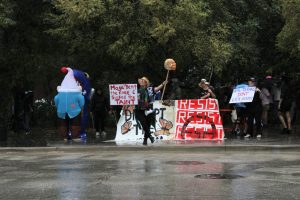
In the capital, a biologist who works for the federal government and only wished to be identified as Paula added, “I am used to Republican administrations that are hostile to my environmental work, but I have never been under an administration that was hostile toward government employees in general. That is why I am here.”
But alongside the street-party visuals and speeches were sharper critiques about whether periodic demonstrations are enough. A member of a local Dallas group called Black Cat Rifle Group — who only wished to be known as DDR-Punk — dismissed the idea that occasional marches alone will force structural change.
“People have forgotten that protests are only one part of resistance,” DDR-Punk said. “These protests only serve to make the participants temporarily feel good. They will go back to their lives afterwards and not accomplish any real change. At the very least we need a sustained general strike. We need the economy to come screeching to a halt to remind the elites that workers should be the ones in control. Until we crash their bank accounts, nothing will ever change for the better, only the worse.”
DDR-Punk’s critique helps explain a deep tactical split inside the broad tent of dissent: whether to press for sustained, disruptive economic action and harsher measures, or to double down on mass, nonviolent mobilization, electoral work and institution-building.
The administration’s response — branding demonstrations a “Hate America Rally” — only emphasized the divide. Hours after millions took the streets, President Trump released an AI-generated video of himself piloting a fighter jet, bombing protesters below with sewage and worse.
Many right-wing media outlets and conservative politicians have painted these protestors as “violent antifa rioters.” Claiming they only wish to cause violence and destruction in communities across America.
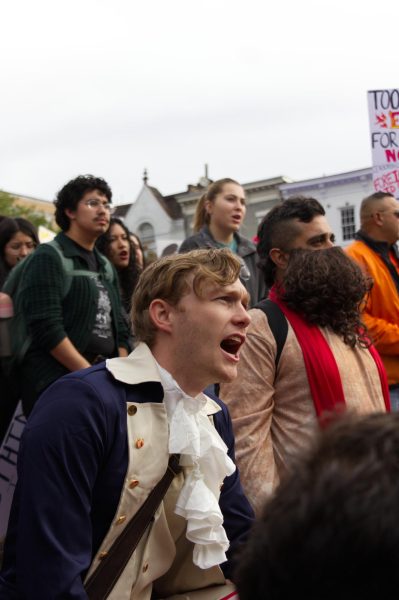
When asked about “No Kings” Artyom, a long-time organizer from Colorado, said, “It’s why the ‘No Kings’ organizers set out a list of rules for a protest. It was to maintain the status quo at all costs.”
“Americans are taught from a very young age that there is only one acceptable type of protest, and that is peaceful,” Artyom suggested. “I believe this is very intentional whitewashing of history. Every successful non-violent movement has had the inherent threat of violence supporting it.”
If this is the language of power now, then this protest may be the foil — a mix of seriousness and comedy to get their point across. However, organizing, institutional pressure, economic leverage and durable coalitions are the recipe for lasting change according to long time activists.
“What can you do instead?” Artyom asks, “Network. Meet people in your community who are motivated, and form groups based around activism you are passionate about.”
“In the words of Louis Rossman, ‘clean up your corner of the world.’” Artyom articulated, “Find something you can do to help your community and do it. Meet people who feel a similar way and try to build a better world. A protest won’t save you, but a friend might.”


